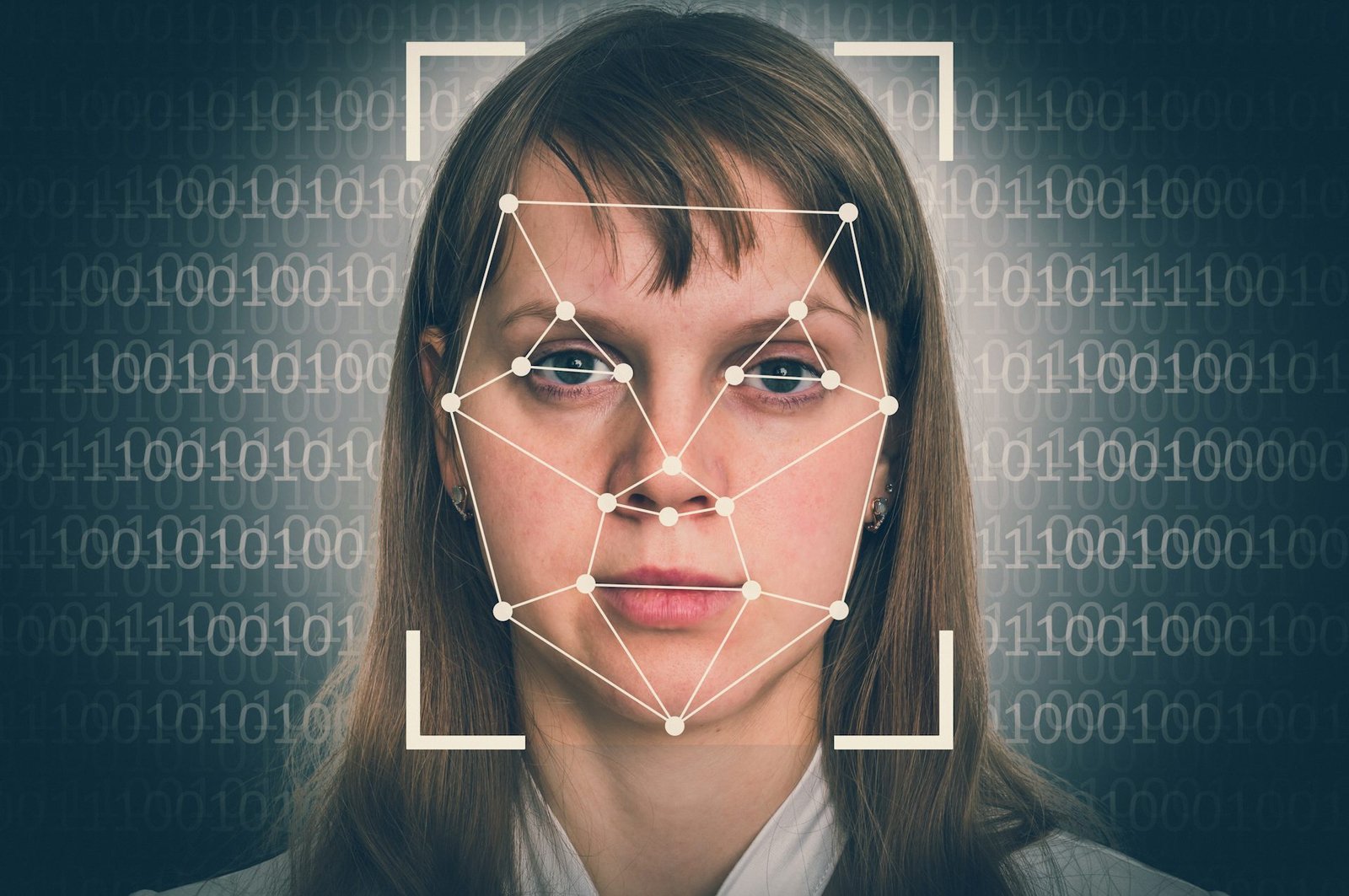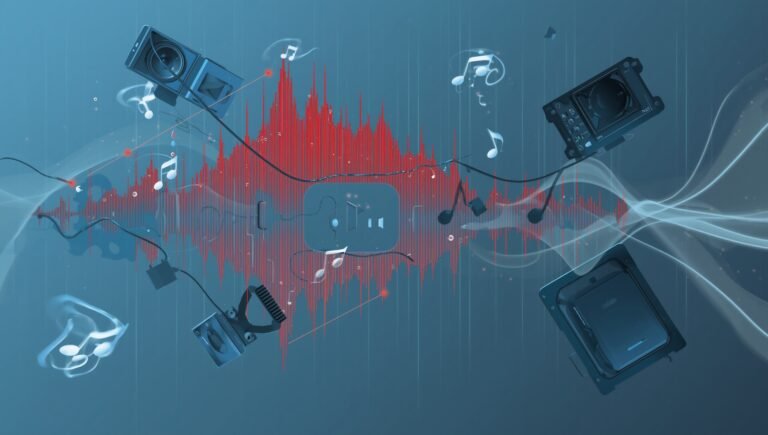Liveness Detection Technology: Enhancing Security in Biometric Authentication
In an era where biometric authentication is widely used for security and identity verification, ensuring that biometric systems can distinguish between real users and fraudulent attempts is crucial. This is where liveness detection technology comes into play. Liveness detection is a cutting-edge security measure designed to differentiate between real human traits and spoofing attempts using photos, videos, or masks. This technology is becoming increasingly vital in preventing identity fraud and enhancing security across various industries.
What is Liveness Detection?
Liveness detection is an advanced biometric technology that verifies whether the presented biometric sample (face, fingerprint, or voice) belongs to a live human rather than a fake representation. It helps prevent spoofing attacks, where fraudsters attempt to deceive biometric systems using printed images, video replays, or sophisticated 3D masks.
How Liveness Detection Works
Liveness detection uses AI-driven algorithms and computer vision techniques to analyze unique characteristics that indicate whether a biometric sample is from a live person. There are two main types of liveness detection:
1. Active Liveness Detection
Active liveness detection requires users to perform specific actions to prove their presence. These actions may include:
- Blinking or moving their eyes
- Smiling or nodding
- Turning their head from side to side
- Speaking or reading a prompted phrase
The system analyzes these movements and responses to confirm that the biometric data is from a live person and not a fraudulent attempt.
2. Passive Liveness Detection
Passive liveness detection operates in the background without requiring any user interaction. AI and machine learning algorithms analyze subtle details, such as skin texture, light reflection, and micro-movements, to determine whether the biometric sample is genuine. This method provides a seamless user experience while ensuring strong security.
Applications of Liveness Detection
Liveness detection technology is used across various industries to enhance security and prevent identity fraud. Some key applications include:
1. Financial Services & Banking
Banks and financial institutions use liveness detection in mobile banking apps, ATMs, and digital onboarding to prevent fraudulent transactions and account takeovers.
2. Identity Verification & KYC Compliance
Liveness detection is essential in Know Your Customer (KYC) procedures, ensuring that users submitting identity documents are real individuals.
3. Access Control & Smart Security Systems
Many organizations integrate liveness detection into biometric security systems for physical and digital access control, preventing unauthorized access.
4. Healthcare & Telemedicine
Hospitals and telemedicine platforms use liveness detection to verify patient identities, reducing the risk of identity fraud in remote healthcare services.
5. Online Examinations & Remote Work
Educational institutions and employers use liveness detection in proctoring software to ensure that remote candidates and employees are genuinely present.
Benefits of Liveness Detection Technology
- Prevents Identity Fraud: Stops fraudsters from using spoofing techniques to impersonate legitimate users.
- Enhances User Security: Strengthens biometric authentication, reducing vulnerabilities.
- Seamless User Experience: Passive liveness detection provides a frictionless authentication process.
- Supports Compliance & Regulations: Helps organizations comply with regulations like GDPR, KYC, and anti-money laundering (AML) standards.
The Future of Liveness Detection
As deepfake technology and sophisticated spoofing techniques evolve, liveness detection will continue to advance. AI and deep learning models will further enhance accuracy, making biometric security even more robust. Future developments may include multi-modal liveness detection, integrating facial recognition, voice verification, and behavioral biometrics for comprehensive security.
Conclusion
Liveness detection technology is a crucial component of modern biometric security, ensuring that only real individuals gain access to sensitive systems and services. By preventing spoofing attacks and enhancing authentication accuracy, liveness detection plays a vital role in securing digital transactions, identity verification, and access control. As technology advances, we can expect even more sophisticated liveness detection solutions to safeguard against emerging security threats.





